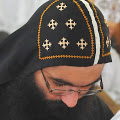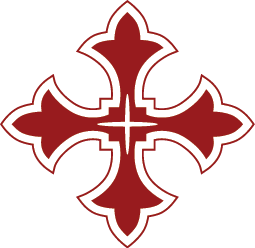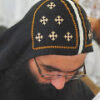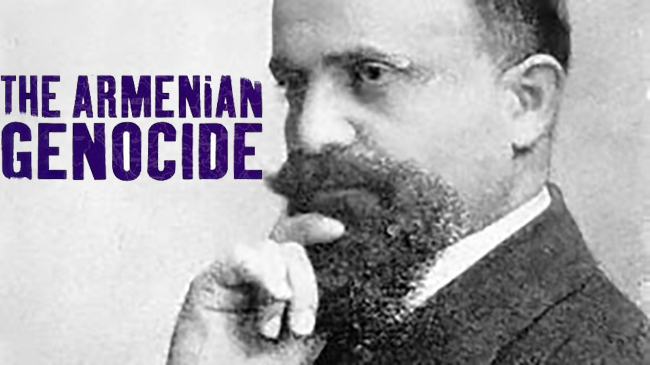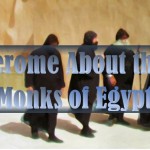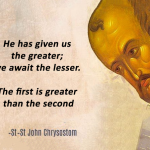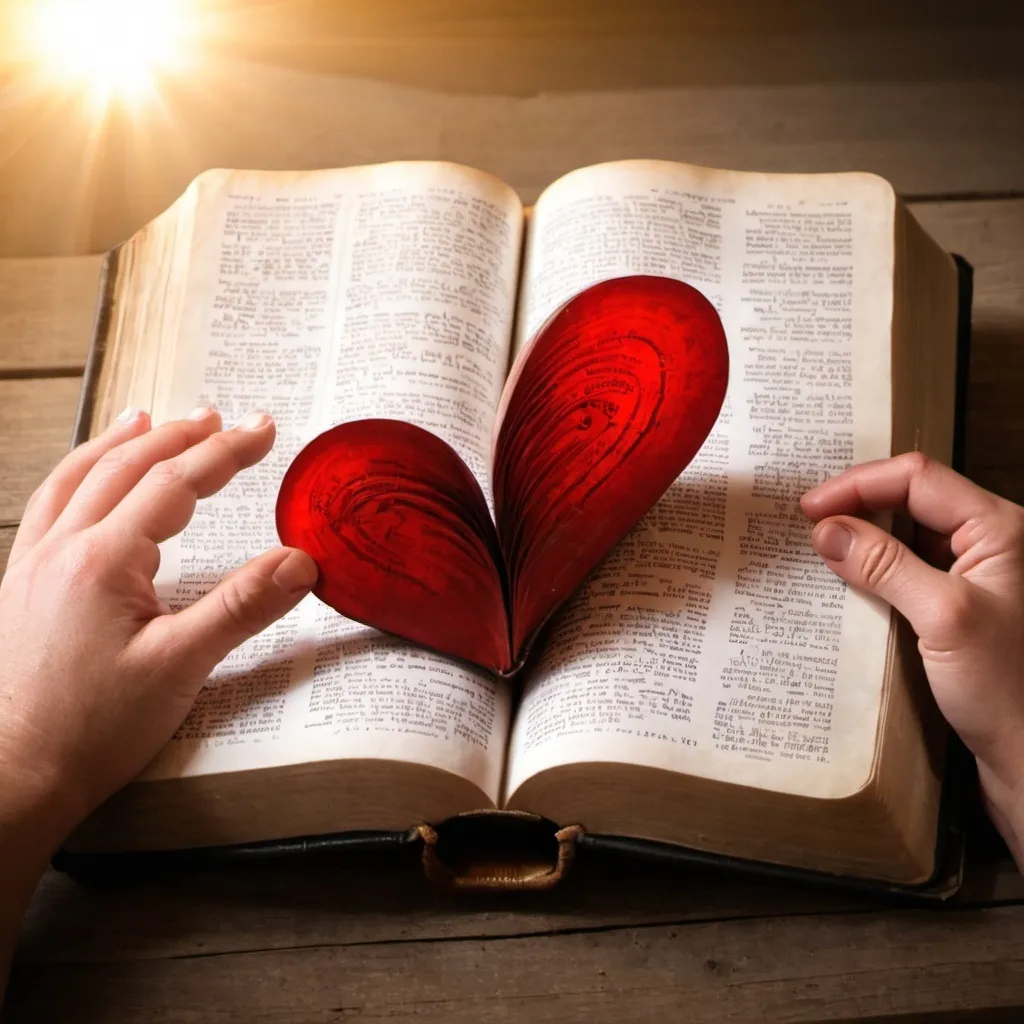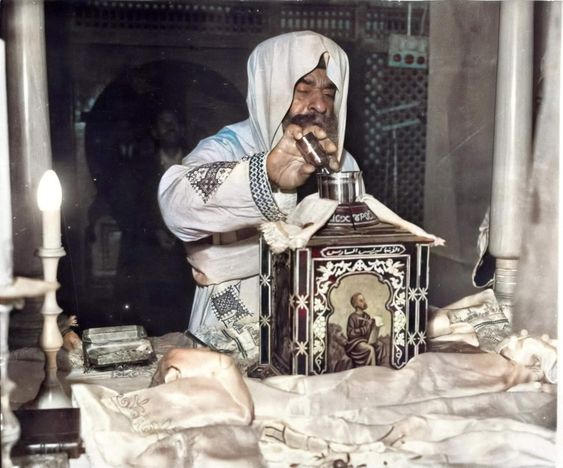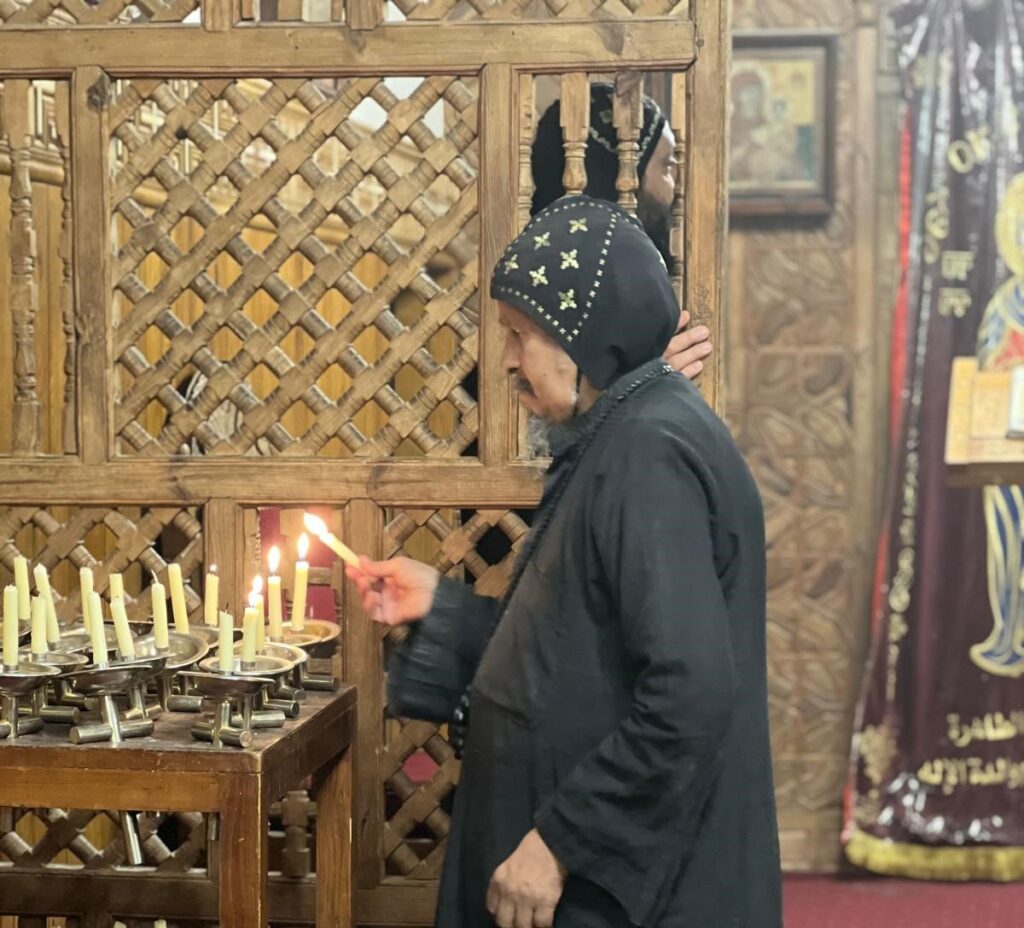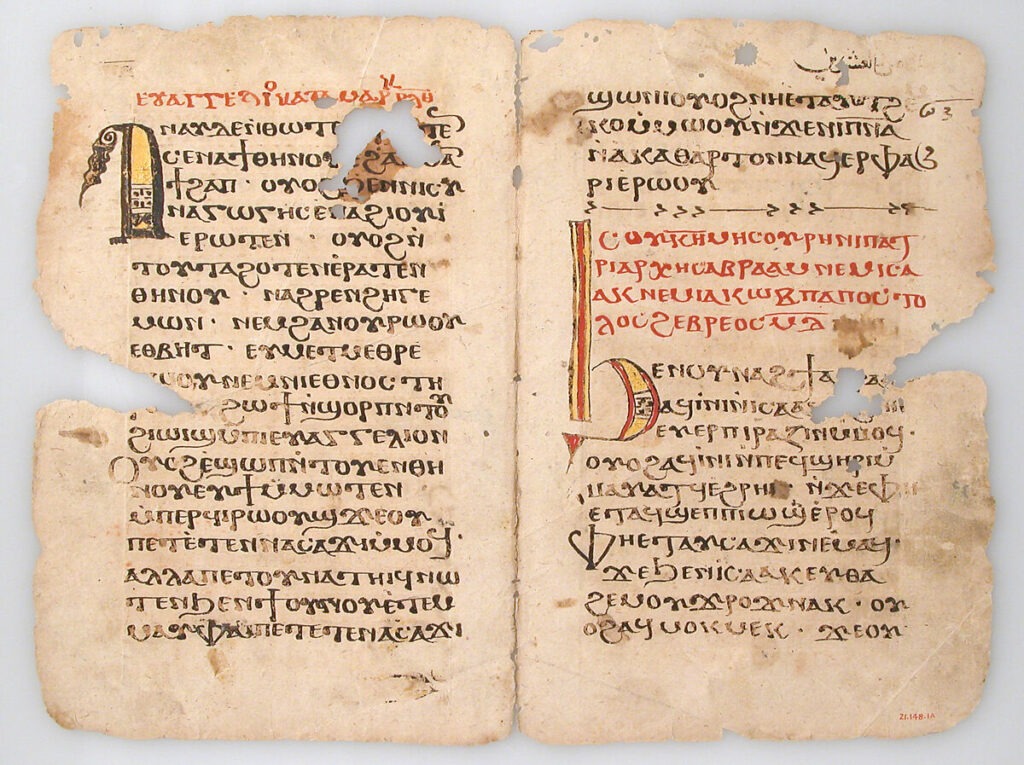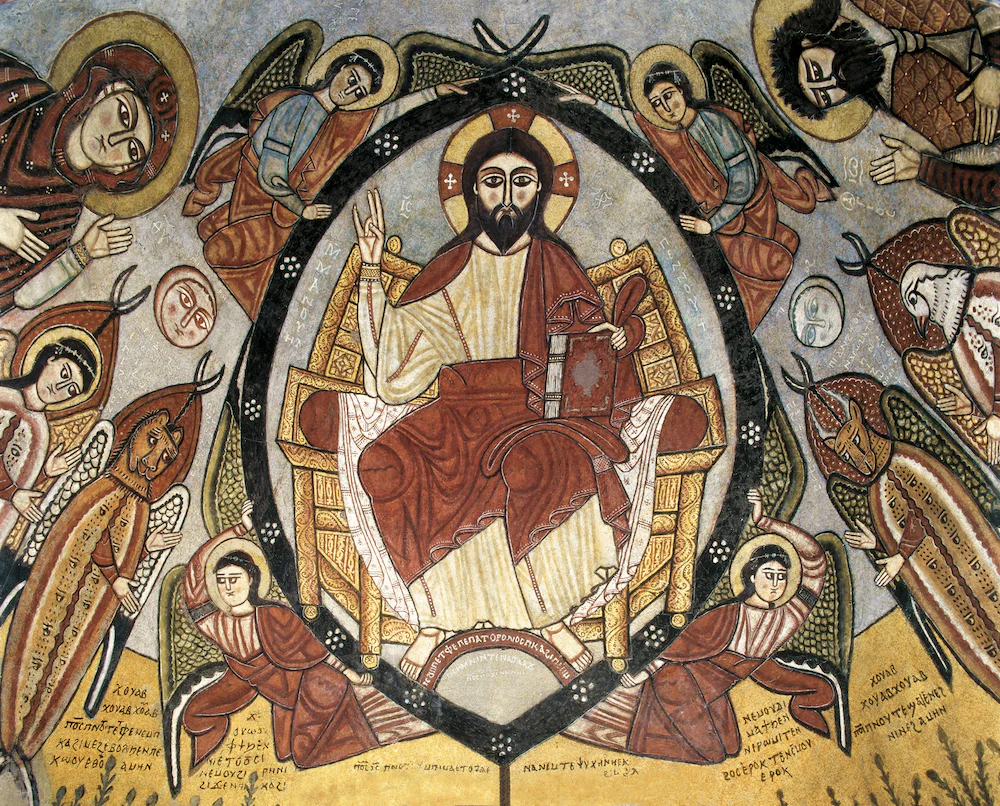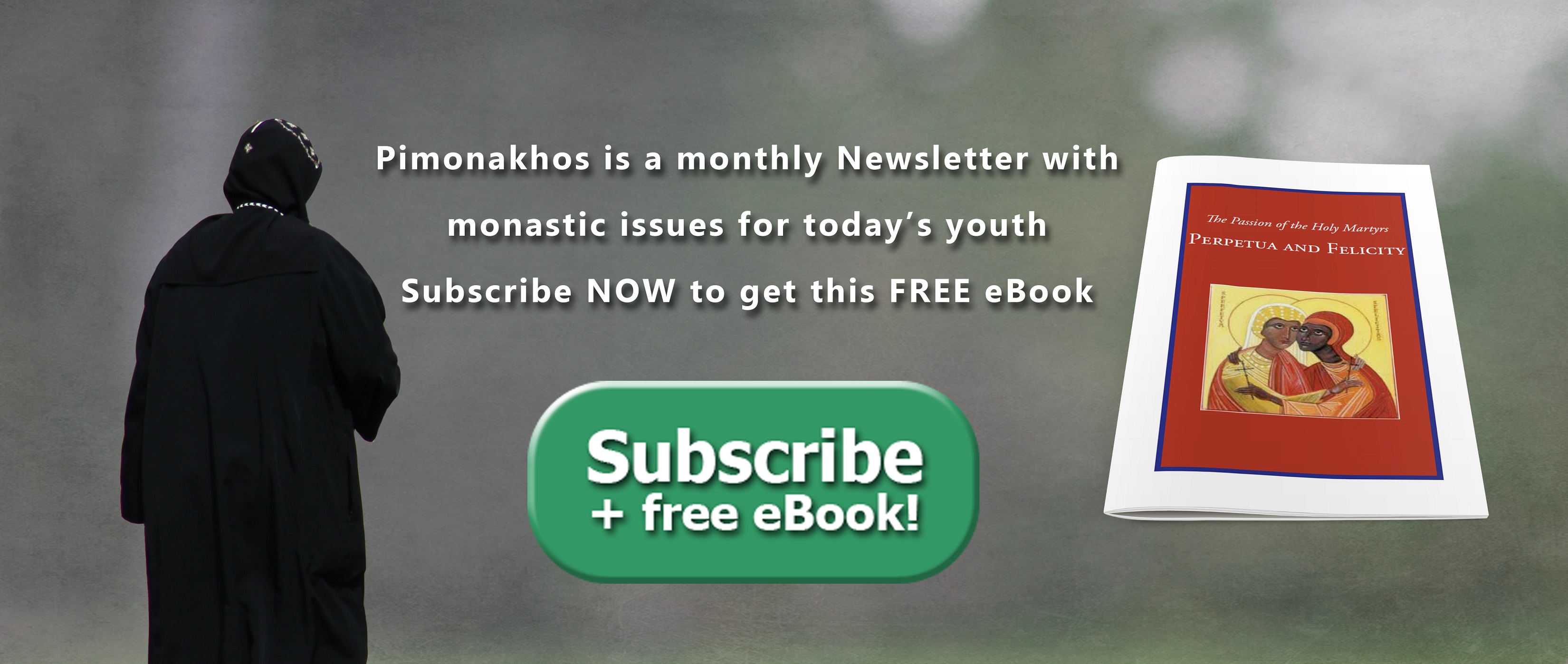Fr Grigoris Balakian’s memoir Armenian Golgotha, for decades has been an important text of Armenian literature, belonging to this group of significant books that deal with crimes against humanity in the modem age. Fr Balakian, a priest and later a bishop in the Armenian Apostolic Church, was an esteemed clergyman and intellectual. On the night …
Fr Grigoris Balakian’s memoir Armenian Golgotha, for decades has been an important text of Armenian literature, belonging to this group of significant books that deal with crimes against humanity in the modem age. Fr Balakian, a priest and later a bishop in the Armenian Apostolic Church, was an esteemed clergyman and intellectual. On the night of April 24, 1915, along with about 250 other Armenian cultural leaders (writers, clergy, teachers, journalists), was arrested in Constantinople, the cultural center of Ottoman Armenians, and deported by bus and then train to a prison in Chankiri, about two hundred miles east, in north central Turkey.
Bewildered and terrified, he could not have imagined that he was at the beginning of an odyssey that would last nearly four years, the duration of World War I which saw the brutal massacre of over 1.2 million Armenians in an attempt by the Muslim Turkish government to annihilate all the Armenian living in Turkish Armenia. He was one of only a handful of the original group to survive the ordeal; against all odds, he would manage to escape Turkish officials, police soldiers, and killing squads.
Along his many roads of exile, Fr Balakian witnessed slaughter, fields of corpses, and starving women and children. He gathered invaluable firsthand testimony from numerous survivors as well as eyewitness accounts from German, Swiss, and Austrian engineers. Through an unusual encounter with mutasarrif Asaf in the summer of 1915, he read an official telegram from Talaat (The Turkish interior minister, one of the government officials responsible for the massacre) inquiring about the efficiency of massacres in the region. Among the orders given by the Turkish officials, a statement that will stand out in the Armenian history as a witness of the Armenian’s unshakable faith.
“Any conversion to Islam is disallowed because the events of 1895-96 showed that Armenians were not able to sincerely abandon their religion.”
For about two months Fr Balakian was one of a group of threadbare survivors forced to walk hundreds of miles south along a central deportation route. Through wild, harsh, and remote terrain, he helped keep them alive, caring for their physical and spiritual needs, for the next year and a half he was a fugitive.
It will be clear to any reader that Armenian Golgotha is more than a personal story, for Fr Balakian brings together a survivor account, eyewitness testimony, historical background and context, political analysis, and ideology of the Turkish extermination plan.
There are chilling portrayals of how the actual killing was done. The perpetrators often used the tools of the farmer, butcher, and tanner-axes, hoes, meat cleavers, pitchforks, knives, and gouges to kill and mutilate. The variety of tortures included eye-gouging, hair-plucking, beheading, genital mutilation, and disemboweling. There are scenes of mass terror as well as individual grief, and some of the gruesome details that Fr Balakian gives us were related to him by the perpetrators themselves, speaking with bravado. These tactics and organized efforts were not ineffective by the end of 1915 three-fourths of the Ottoman Armenians were extinct. In a conversation with a Turkish soldier Fr Balakian managed to get some horrifying details of the inhuman massacre of 6,400 women and children at Yozgat:
During the time we were searching the women, for gold, silver, and diamond jewelry the government officials sent police soldiers to all the surrounding Turkish villages and in the name of holy jihad invited the Muslim population to participate in this sacred religious obligation…
Thus, when we arrived at the designated site, this mass of people was waiting. The government order was clear: all were to be massacred, and nobody was to be spared. Whoever wished to select a virgin girl or young bride could do so immediately, on the condition of taking them as wives and not with the intention of rescuing them.
By the way, you know that they had swallowed many pieces of diamond jewelry during the course of our searches. But the Turkish villagers, particularly the women, roamed for days among these thousands of stinking corpses, slitting their intestines and finding a considerable amount of jewelry.
The unfolding depth of Fr Balakian’s narrative brings us closer to scenes of atrocity and massacre. The account of the massacres in Ankara province by a girl who had been left for dead in a pile of corpses; the mounds of hastily buried bodies of tens of thousands of Armenians at Islahiye, which bring the deportees to despair and suicidal feelings; the piles of bodies dismembered and disgorged
In some killing zone men, women and children were slaughtered and thrown into the valley and river below, while thousands more froze to death or died of dysentery, diarrhea, and famine, so that the fields were covered with mounds of unburied bodies; in other zones tens of thousands of half-naked, emaciated women and children were eating the rotting corpses of animals.
“Armenian boys between the ages of three and ten were gathered together by the hundreds and starved for days. Then, to amuse themselves, the killers made them eat human and animal excrement. Finally they murdered them with axes. They filled wells with dozens of Armenian women at a time, or buried them alive in sand, and then danced around them rejoicing.”
In another scene
“we saw, in the fields on both sides of the road, the first decomposed human skeletons and even more skulls; long hair was still attached to them, leaving no doubt that they belonged to females. Among our companions were young Armenian intellectuals of Constantinople. They often bent down to pick up these skulls and kiss them tearfully. After all, these were the sacred remains of our mothers and sisters who had been martyred.”
These scenes and others comprise one of the most extraordinary accounts of mass killing in the modern era, and any student of genocide will find them invaluable as evidentiary witness.
Sexual violence was also an integral part of the mass killing program, and Fr Balakian relays firsthand accounts of the abductions and gang rapes of women, and abductions as a component of the deportation. The absorption of Armenians into Islamic Turkish life through forced conversion and abduction is a recurrent theme of the genocidal process. In a moving scene in the chapter “Gazbel to Hajin” Fr Balakian finds himself sitting at a dinner table with a family of Islamized Armenians who beg him to bless their table, give them Holy Communion, and hear their confessions. Full of anguish, they all break down weeping:
“Oh, Reverend Father, we’re finished. There’s no pain that we haven’t suffered; there’s no misfortune that hasn’t befallen us. They deceived us, saying that if we converted to Islam, we would be saved from all manner of adversity; we became Islamized with the hope of at least rescuing the remnants of our families. But our situation worsened; our young brides and girls were forcibly taken in marriage to the harems. There is no cruelty that they didn’t commit; there is no torture that they didn’t administer to us. We would have been better off if we had gone into exile and died; that way we would have been freed at last, and we wouldn’t have stained our consciences.”
Among these horrific scenes of sexual assaults, Fr Balakian relates a scene of a true Christian courage of a young Armenian School girl.
“In a caravan of Armenian women and girls being taken to slaughter, a young unmarried Armenian girl of school age caught the eyes of a young Turkish youth. Wanting to save her from certain death, he proposed that she accept Islam and be with him. The Armenian girl replied insolently, “Instead of me becoming a Muslim, you become an Armenian and I will marry you.”
The Turk tried again to convince the beautiful Armenian schoolgirl to leave the caravan, but finding it impossible, he walked away. The Turkish butchers made her lie down on the ground, and after crushing the girl’s virgin chest under their knees and inflicting various tortures and abuses, they cut off her head like a sheep’s. Then they ravaged the lifeless body, cutting it to pieces. They couldn’t satisfy their vengefulness, provoked as they were by her courage in answering with such bold disrespect for the Muslim religion.
I think of this as an immortal episode in the martyrology of Armenian virgins; it even surpasses the 3rd century martyrdom of the virgins Hripsime and Gayane, which are celebrated by the Armenian Church. The killing of this girl is worthy of eternal commemoration and blessing, consecrated with sainthood by all future Armenian generations.”
Another moving scene of a true Christian teaching “love never fails” in action, by an Armenian nurse working in a hospital tending the wounds of a Muslim Turkish soldier. the soldier being agonized by the Christian love of this nurse more than his amputated legs saying
My sister, I don’t deserve your help. Let me die like a dog. If you knew what acts of barbarity I have committed upon Armenian women, you would run away from me. Yes, everybody gets what they’ve given. Now that my two legs have been cut off, I understand the meaning of this proverb.
Tragically, the Turkish government today spends millions of dollars annually in an effort to falsify the facts and reality of the Armenian Genocide, and while it has lured a few scholars into colluding with. its denial campaign, the mainstream scholarly world and many nation-states and political institutions have responded with moral redress at this state sponsored propaganda! Many readers will find that Armenian Golgotha, because of its intimacy with Turkish culture and the Anatolian landscape, will be another important text that tells the story of the eradication of the Armenians from inside Turkey and reveals Turkish denial as a continued assault on truth.
Join Us: Sign Up Today!
Tags:
